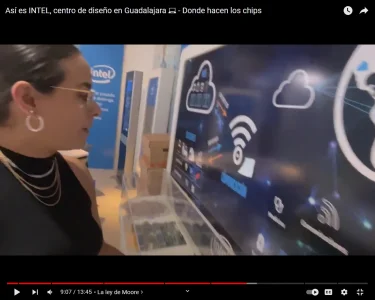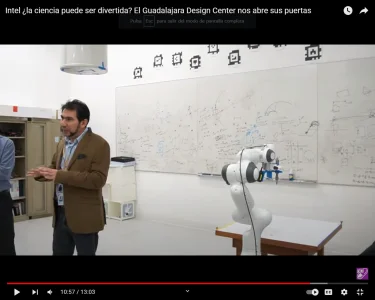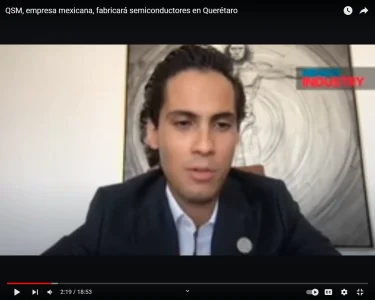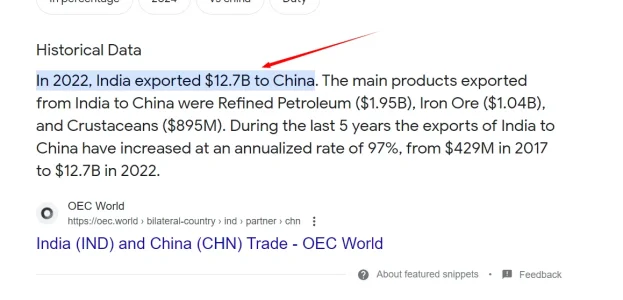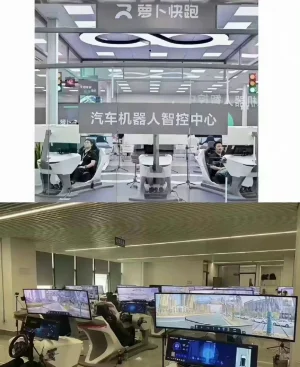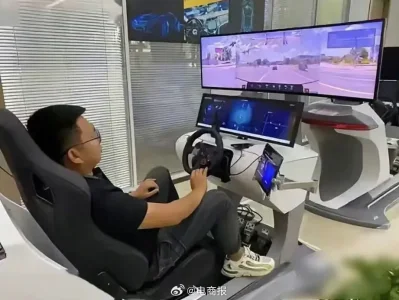"Made in China" products favored by international sports events
By Tang Tianyi (
People's Daily) 10:02, July 10, 2024
Athletes attending the Paris Olympics have entered the final preparation phase as the Games is approaching. And joining them on the Olympic stage are a multitude of sports equipment manufactured by Chinese companies.
From barbells to bicycles, and from ping pong tables to court flooring, an ever-growing array of Chinese-made products are making a dazzling appearance at prestigious international sports events.
Photo shows a table tennis table for the Paris Olympics manufactured by Chinese equipment supplier DHS. (Photo provided by an interviewee)
On July 2, a service team of China's Taishan Sports departed for Paris. The seven-time Olympic supplier will provide equipment for multiple events during the Paris Olympics, including wrestling, boxing, judo, cycling, taekwondo and gymnastics.
As the exclusive supplier of weightlifting equipment for the Paris Olympics, Hebei Zhangkong Barbell Manufacturing Co., Ltd. (Zhangkong Barbell) delivered its weightlifting equipment to Paris in early May this year. Unlike those in the previous editions, the weightlifting training venue for the Paris Olympics is located within the Olympic Village, and all types of equipment have been installed recently. The Chinese company has also updated the assembly structure of the weightlifting platforms in the training venue to make them more secure.
Chinese-made products will be a standout feature in the table tennis venue of the Paris Olympics. Ping pong tables manufactured by Chinese equipment supplier DHS and ping pong balls made by Chinese manufacturer Double Fish have been shipped all the way from Shanghai and Guangzhou to Paris.
Additionally, Chinese sports flooring supplier Enlio based in Shijiazhuang, Hebei province will supply the table tennis venue with rubber flooring and also provide flooring for the 3x3 basketball event.
Chinese manufacturers have gone from strength to strength, making their marks on the Olympic stage multiple times. Besides, they are also seizing opportunities at other international sports events to expand their market.
"In the past, the metal plates of the barbell were secured to the outer rubber ring with screws. However, during impact, gaps would appear between the rubber ring and the metal plates, causing imbalance and affecting the concentricity and stability of the barbell," said Zhang Zhiguo, general manager of Zhangkong Barbell.
An employee of Hebei Zhangkong Barbell Manufacturing Co., Ltd. sorts barbell plates. (Photo/Tian Zhifeng)
To solve this problem, the company established an R&D team that independently developed a press machine able to complete a barbell plate in just half an hour. This technological innovation has not only improved production efficiency but also eliminated various deviations. Once the new products manufactured with this machine were launched, they gained wide popularity in the international market.
After 40 years of development, Zhangkong Barbell has gradually made its way from a small family workshop to the international stage. Currently, the company is selling their products to 136 countries and regions, supplying equipment for over 30 world-class weightlifting events.
In recent years, Chinese companies have increased their research and development efforts to improve the technological content and added value of their products, striving for the transition from "made in China" to "created in China."
As the first Chinese brand to appear in Olympic cycling games, Pardus bikes manufactured by Taishan Sports will assist the Chinese cycling team in Paris. With its own R&D teams and factories, Pardus has customized road bikes, track bikes, and time trial bikes for the Chinese team, providing strong support for athletes to strive for excellent.
"We design our products to meet athletes' specific needs. Our philosophy is to make bikes adapt to athletes, not the other way around," said Wang Chunqing, general manager of Shandong Taishan Ruibao Composite Material Co., Ltd., owner of the Pardus brand.
The Ping Pong balls produced by Double Fish for the Paris Olympics must go through 15 quality checks before they are shipped to Paris. They have smaller tolerances in terms of roundness, hardness, weight, and elasticity compared to the standards set by the International Table Tennis Federation.
Bikes are tuned in a workshop of Chinese sports equipment manufacturer Taishan Sports. (Photo/Jia Peng)
The smaller the tolerance, the more precise the ball's hitting point, and the more stable the trajectory, which helps athletes perform exceptionally. The stringent standards greatly test the manufacturer's production techniques and testing capabilities, promoting high-quality development in the industry. The smaller the tolerance, the more precise the hitting point of the ping pong ball and the more stable its trajectory. This helps athletes perform excellently.
These stringent standards greatly challenge manufacturers' production skills and testing capabilities, and would drive high-quality development of the industry.
The year 2024 is packed with major international sports events, including the UEFA European Championship, Copa America, and the Paris Olympics. Many Chinese companies are leveraging these high-profile competitions to boost their market presence and meet growing demand.
One standout example is a processing and trading enterprise in Huai'an, east China's Jiangsu province. By innovatively embedding chips into soccer ball bladders, they've captured significant attention in overseas markets. The company's success is evident in their fully booked foreign trade orders, stretching through the end of the year.
Chinese innovation is making its mark on the global sports stage. European professional soccer fields now feature Chinese artificial turf technology. FIBA officials have invited Chinese equipment manufacturers to participate in product standard certification. Chinese firm Hisense has become the official VAR (Video Assistant Referee) display partner for the UEFA European Championship 2024. These examples vividly showcase the ambition and capabilities of Chinese companies.

 www.eurasiantimes.com
www.eurasiantimes.com

 www.eurasiantimes.com
www.eurasiantimes.com









